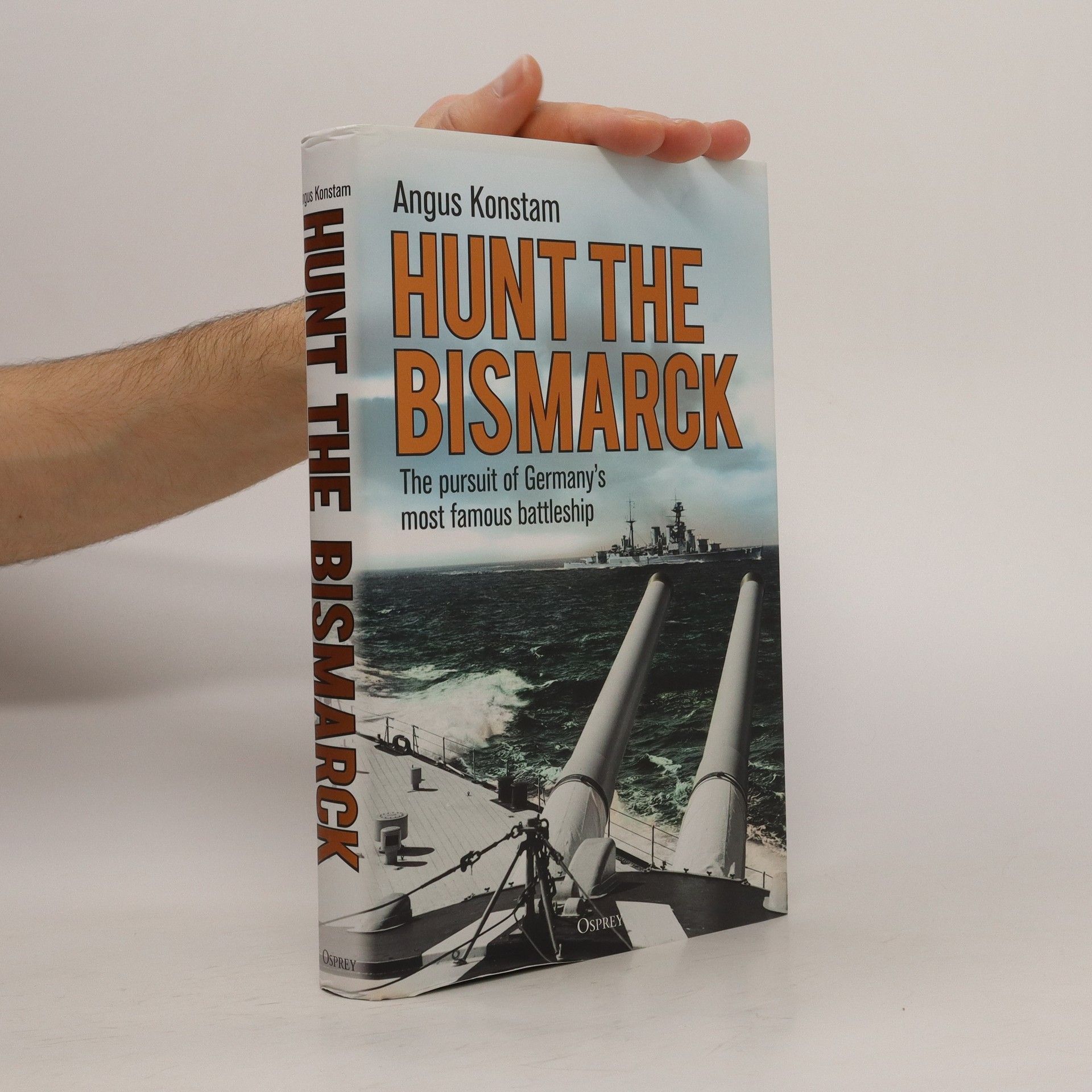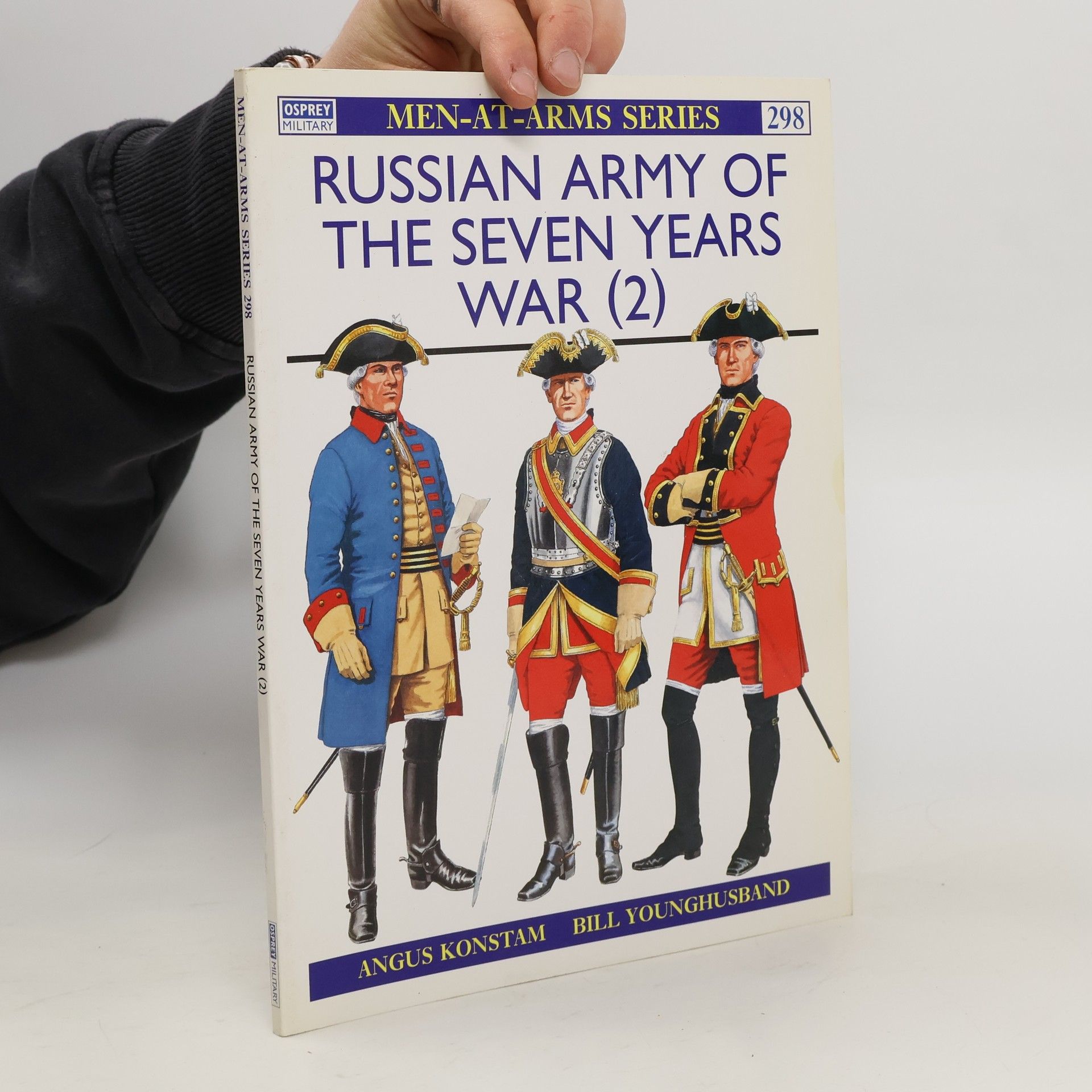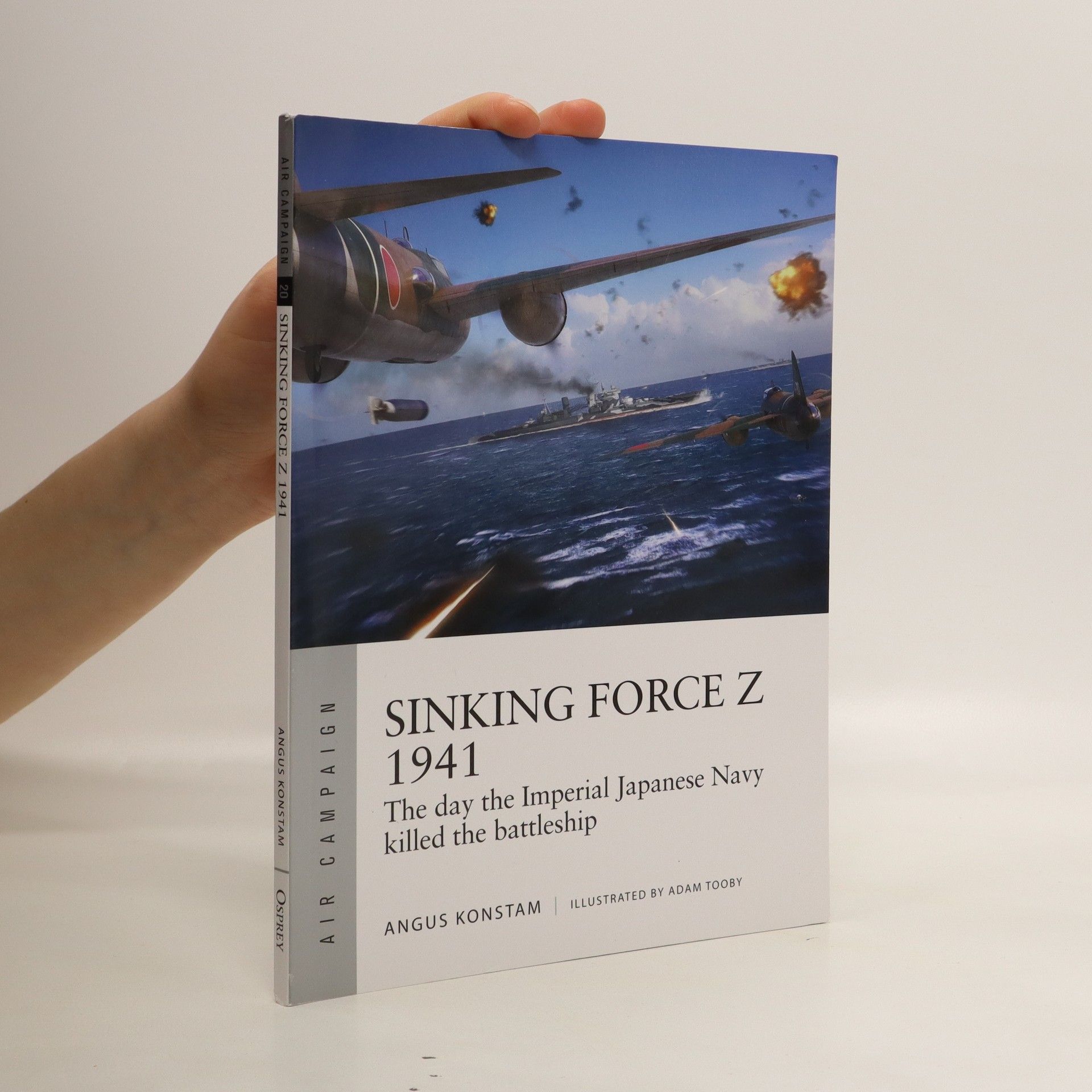Packed with illustrations, this is a new history and analysis of how the Royal Navy's most important fleet operated and fought the German Navy in the crucial first years of World War II. Throughout its history, the Royal Navy's most powerful fleet has been the one guarding home waters. In this book, naval historian Angus Konstam explores the fighting power, the roles, and the battles of the Home Fleet, in the crucial first years of World War II when it was Britain's most powerful fighting force, anchored in the northern bastion of Scapa Flow. He explains the complex responsibilities of the fleet, charged simultaneously with preventing the powerful German Navy from breaking out into the Atlantic; preparing to challenge any cross-Channel invasion force; and attacking German naval operations in the North Sea. Home Fleet actions included the loss of HMS Hood, the sinking of the Bismarck and countering the invasion of Norway, Germany's biggest amphibious operation of the war. Packed with striking new artwork and 3D diagrams and maps, this book offers a detailed portrait of the Home Fleet during these most crucial years of the war, from the capabilities of the warships to logistics and intelligence-gathering, to how the fleet was organized and commanded, and how and why it fought as it did.
Angus Konstam Book order







- 2024
- 2024
Superbly illustrated with original artwork throughout, this book explores the ironclad warships that fought the little-known battles of South America's War of the Pacific. In the late 19th century, a war erupted between Chile and Peru, the catalyst for which was control of guano-rich Chincha islands. Given the geography of the two countries, with a narrow, arid land border and long exposed coastlines, it was inevitable that the War of the Pacific would predominantly be a naval war. It was a unique episode of military history, fought by two newly emergent South American states, using the latest technology – ironclad, steam-powered warships – and involving more naval battles than in the American Civil War, including a blockade, the capture of key warships, and bombardments of ports. Chile's navy was larger and more modern, while Peru's trump card was the small but powerful ironclad Huáscar. In this book, naval expert Angus Konstam offers readers an essential guide to this little-known naval war, illustrated with detailed profiles of the key ironclads, spectacular original artwork of the battles and a cutaway of Huáscar. He briefly covers the strategies of the warring powers as well as exploring all the key points of the naval campaign and the details of the warships involved, as a handful of ironclads fought for naval supremacy in South America.
- 2024
This new account explores the most notorious pirates in history and how their rise and fall can be traced back to a single pirate haven, Nassau. Angus Konstam, one of the world's leading pirate experts, has brought his 30 years of research to create the definitive book on the Golden Age of Piracy. Many of the privateers the British had used to prey on French and Spanish shipping during the War of the Spanish Succession turned to piracy. The pirates took over Nassau on the Bahamian island of New Providence and turned it into their own pirate haven, where shady merchants were happy to buy their plunder. It became the hub of a pirate network that included some of the most notorious pirates in history: Blackbeard, 'Calico Jack' Rackam, Charles Vane and Bartholomew Roberts. The growth of piracy led to a major surge in attacks in the Caribbean and along North America's Atlantic seaboard. With the fragile maritime economy of the Americas threatened with collapse, major ports were threatened and trade brought to a standstill, the British government finally declared war on the pirates. The Pirate Menace draws on extensive research, as well as a wide range of first-hand accounts, to produce a new history of the heyday of historical piracy.
- 2024
An illustrated history of the American-built destroyers and frigates supplied to the Royal Navy under Lend-Lease, which played a crucial role in Britain's war in the Atlantic. As U-boat attacks on Britain's vital sea lanes increased in ferocity, and Royal Navy warship losses mounted, the United States passed the Lend-Lease Act, the cornerstone of America's wartime role as armourer to the Allies. Naval historian Angus Konstam here offers an account of the Royal Navy's Lend-Lease destroyers and escorts. The first batch were 50 World War I-era 'four-stacker' destroyers, in a deal sealed by the transfer of several global British bases to the USA. These warships were immediately recrewed, refitted and pressed into service in the Battle of the Atlantic. These ageing destroyers were followed by over a hundred more Lend-Lease warships, many of which were built especially for British service in American shipyards. Their arrival helped tip the balance in the hard-fought war against the U-boats, while others were used to fulfil other crucial wartime missions. With detailed ship profiles of the major classes, a cutaway of HMS Campbeltown (of Saint-Nazaire raid fame) as it appeared in 1941, and superb battlescene artwork, this is a comprehensive look at a crucial aspect of the Battle of the Atlantic.
- 2023
- 2023
Cape Matapan 1941
- 96 pages
- 4 hours of reading
The first ever illustrated study of the largest and most significant clash between the Royal Navy and the Italian Regia Marina. The Battle of Matapan witnessed the first use of decisive new technologies to bring about a stunning British victory over the Italian Navy. The Allies had tapped into the Ultra coded messages sent by the Axis powers, and the battle witnessed the use of radar and carrier-based air strikes to bring about a critical night action. The result was the most decisive engagement of the Mediterranean naval war. Written by renowned naval historian Angus Konstam, this book offers for the first time a unique and fully illustrated exploration of the battle. It also examines why, despite the emphatic and decisive Royal Navy victory, the Allies failed to capitalize on the strategic advantage earned in the months that followed. Battlescene artworks bring to life the cruiser clashes early on 28 March off Gavdos, the Fleet Air Arm attacks on the Italian fleet, and the 28/29 March night action that resulted in the destruction of Admiral Carlo Cattaneo's ships – Italy's worst naval defeat. The progress of the action from the initial Operation Gaudo sweep by Italy's powerful battle fleet towards Crete (aimed at disrupting Allied convoys) to the events of the climactic battle itself is revealed in detailed maps.
- 2023
A highly illustrated introduction to some of the greatest battles in world history, from the iconic encounters of the Ancient World such as Thermopylae and Cannae, through to the major clashes of the 20th century epitomized by Stalingrad and Khe Sanh.This concise study by renowned military historian Angus Konstam examines one hundred of the most famous battles from world history. It includes great naval engagements such as Salamis, Trafalgar, Jutland and Midway; pivotal land battles that decided the fate of nations, such as Hastings, Yorktown, Gettysburg and the Somme; and the impact of the new dimension of aerial warfare in the 20th century at Pearl Harbor, in the Battle of Britain and in the skies over Hiroshima.This highly illustrated book features 100 full-colour battlescene artworks from Osprey's comprehensive archive and is the ideal introduction to the battles that changed the course of history.
- 2023
A superbly illustrated new account of how Germany's High Seas Fleet was built, operated and fought, as it challenged the world's most powerful navy in World War I. Seven years before the outbreak of World War I, the Imperial German Navy rebranded its Home Fleet as the Hochseeflotte, or High Seas Fleet. It was a force designed to take on the Royal Navy, then the world's most powerful, and for the next four years the North Sea would be their battleground. Drawing on extensive research, Angus Konstam offers the reader a concise, fully illustrated account of how the entire High Seas Fleet was designed and built, how it operated, and how it fought. The fleet was a modern, balanced force of dreadnought battleships, battlecruisers, cruisers and torpedo boats, using Zeppelins and U-boats for reconnaissance. The ultimate test between them came in May 1916, when they clashed at Jutland. Packed with spectacular original artwork, maps, 3D diagrams and archive photos, it explains how and why the fleet was built, its role, and how and why it fought as it did. From fighting doctrine and crew training to intelligence, logistics, and gunnery, this book is an essential guide to the Kaiser's audacious bid for naval glory.